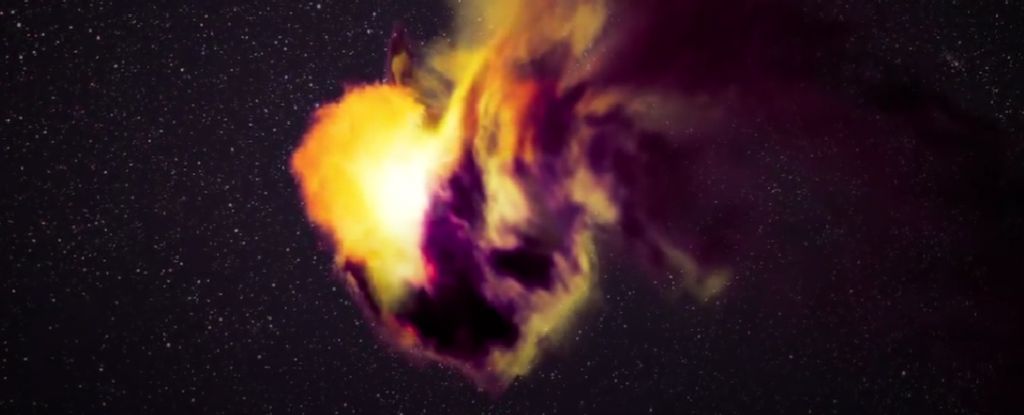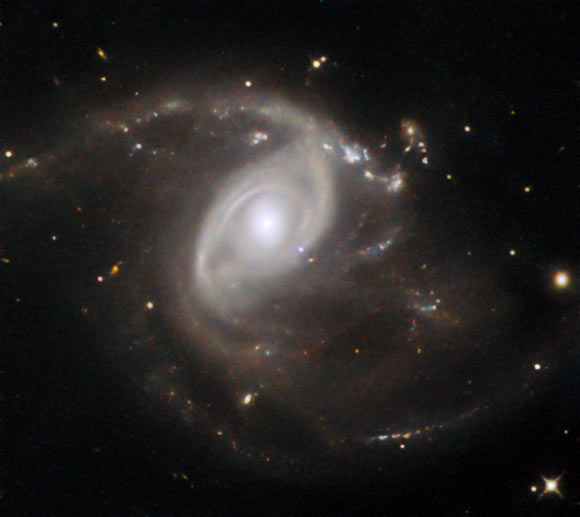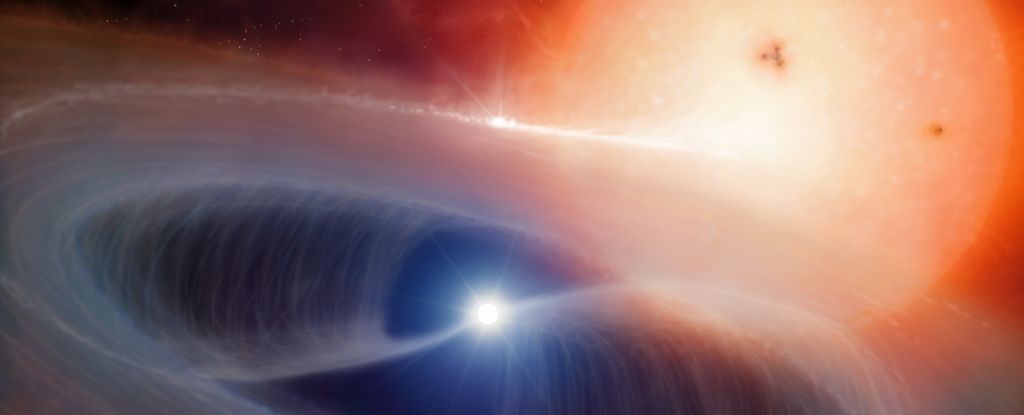
In 2021, astronomers watched in astonishment as a supernova 2.2 billion light-years away named SN2021yfj bloomed, rich with silicon, sulfur, and argon – something never before seen in an exploding star.

At least two mass extinction events in Earth's history were likely caused by the "devastating" effects of nearby supernova explosions, a new study suggests.

JWST revealed a massive star that ended its life in an explosion when the universe was just a cosmic toddler.

NASA has released a beautiful photo taken by the NASA/ESA Hubble Space Telescope of the spiral galaxy LEDA 22057.

One of the great mysteries of the Universe is where all the metal actually comes from.

In a magnificent first, we finally have direct observational evidence of the stellar process that produces neutron stars and black holes.

A large number of supernovas are mysteriously devoid of hydrogen – suggesting that there must also be a significant population of hydrogen-poor stars from whence such supernovas come.

The James Webb Space Telescope has turned its golden gaze to Cassiopeia A, a spectacular, complex, expanding cloud of hot gas billowing out from a star humanity saw go supernova back in the 1670s.

For the first time, artificial intelligence (AI) has searched for, detected, confirmed, classified, and announced a supernova discovery without any human intervention.

A very rare, strange burst of extraordinarily bright light in the universe just got even stranger. The phenomenon, called a Luminous Fast Blue Optical Transient (LFBOT), flashed onto the scene where it wasn't expected to be found.

After years of dedicated research and over 5 million supercomputer computing hours, a team has created the world's first high-resolution 3D radiation hydrodynamics simulations for exotic supernovae.

New chemistry "forensics" indicate that the stone named Hypatia from the Egyptian desert could be the first tangible evidence found on Earth of a supernova type Ia explosion. These rare supernovas are some of the most energetic events in the universe.

A new research article sheds light on another way that supernovae support life. Supernova activity in Earth’s neighbourhood may have led to more oxygen in the atmosphere. And oxygen is necessary for complex life.

Recently Australian researchers found the first ever evidence of a plutonium radioactive isotope in the Earth's crust that originally came from outer space, namely a supernova.

Recent findings suggest that relatively close supernovas could theoretically have triggered at least four disruptions to Earth's climate over the last 40,000 years. What happens in space may not always stay in space.